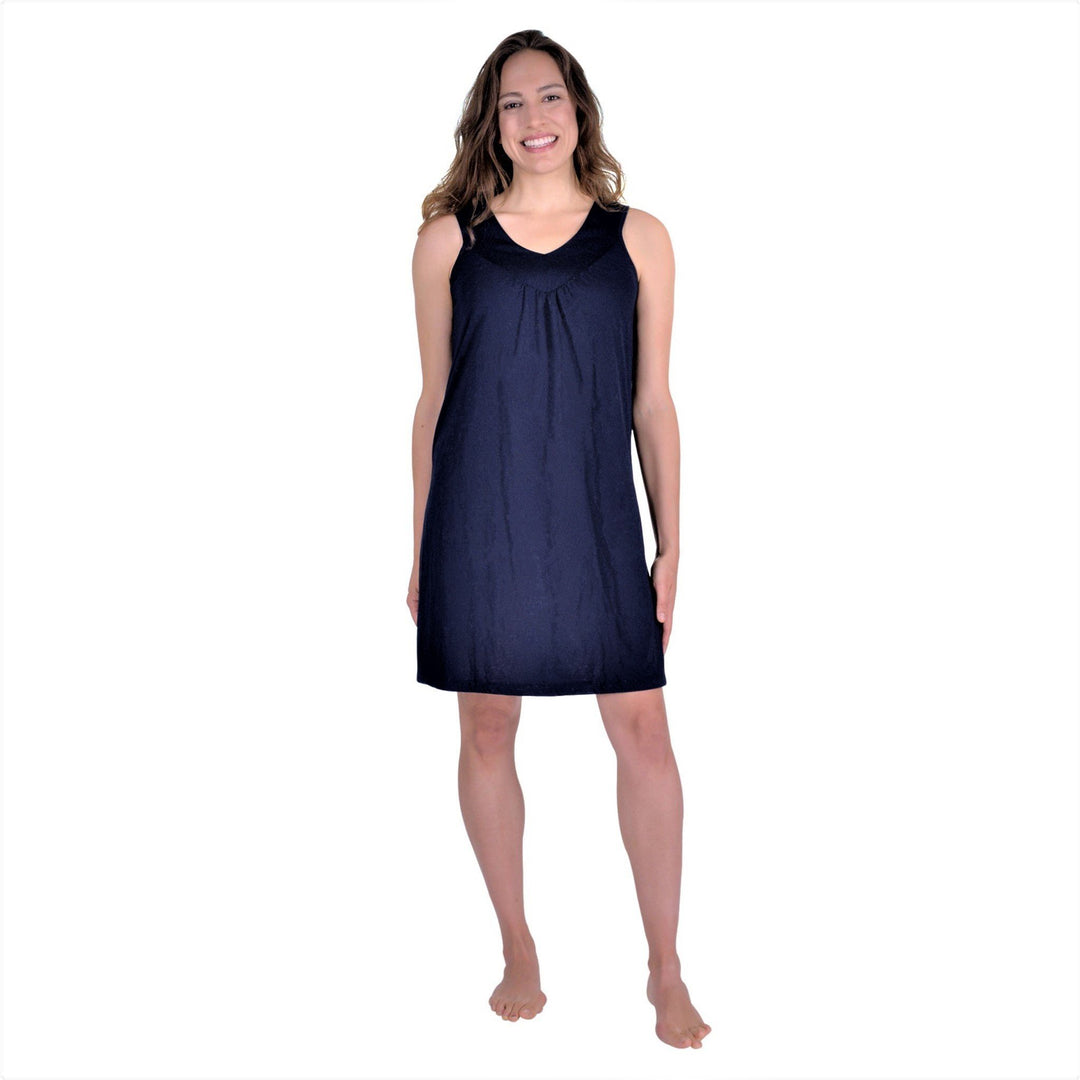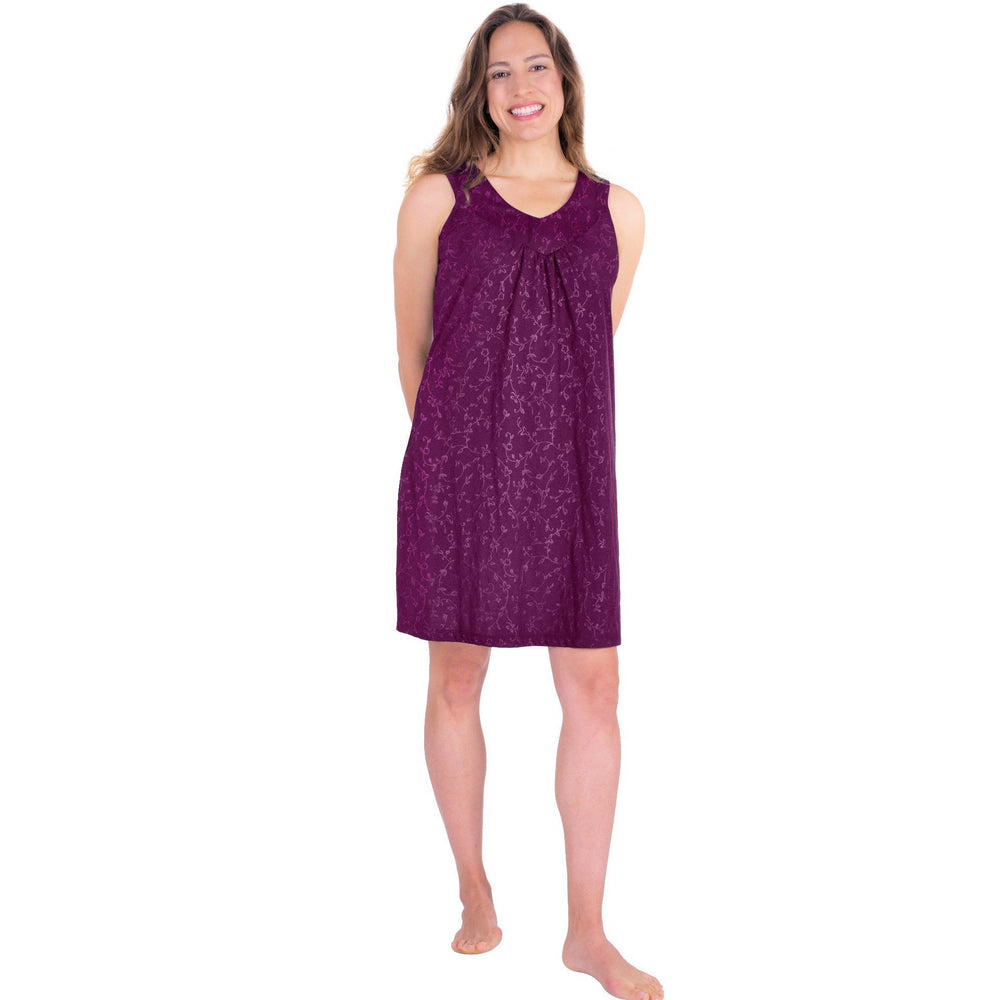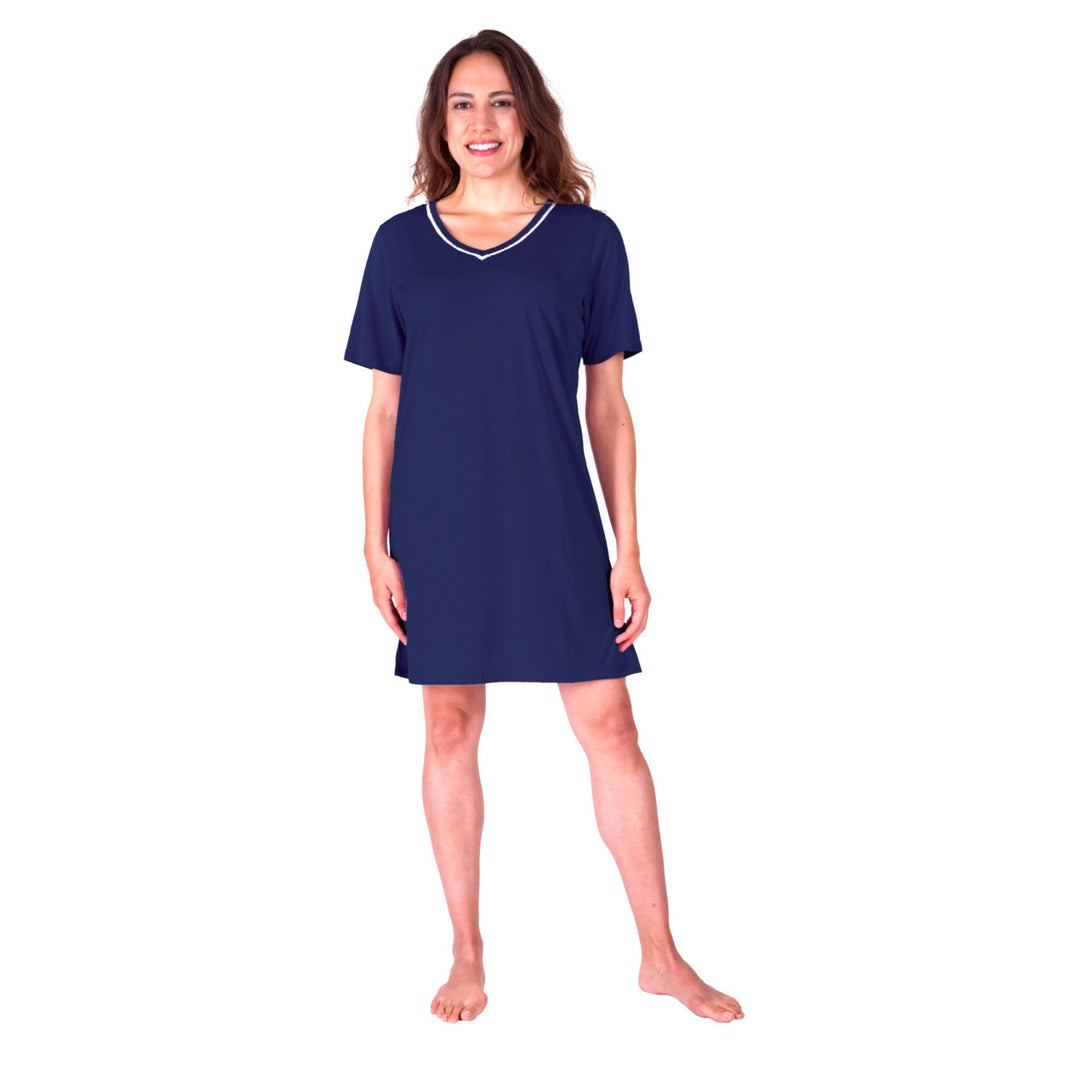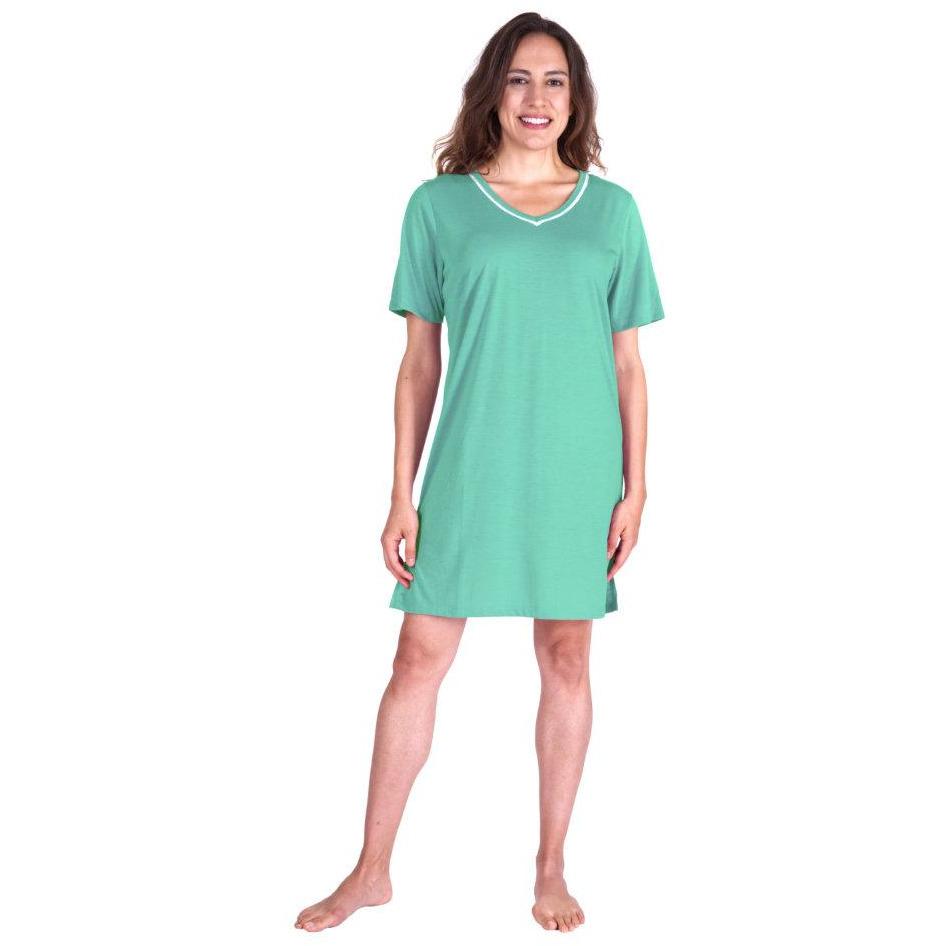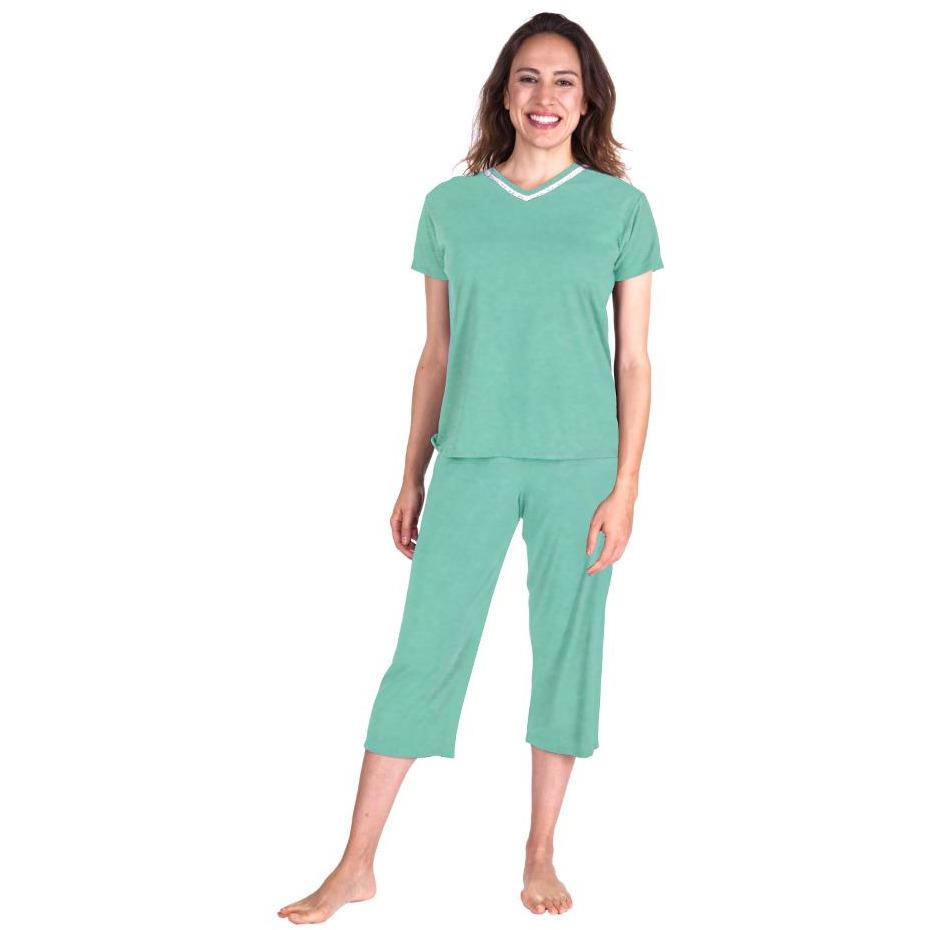How Season Change May Disrupt Sleep

Cooler weather is upon us and with it comes shorter days and colder temperatures. While some people rejoice about the extra hour we get when we turn our clocks back, others would rather hibernate under the covers than wake up while it’s still dark out. Regardless of whether we’re springing ahead or falling behind, any change in season can affect our sleeping patterns. Fall ushers in cool, dry air, but it’s the lack of sunlight that affects your body’s natural sleep cycle.
According to sleep.org “as many as 90 percent of people’s moods and energy levels are affected by changes in the seasons.” This can lead to seasonal affective disorder (SAD), also referred to as seasonal depression, or the winter blues — both of which may require an additional couple hours of sleep to combat energy loss. Once it gets dark, our brains send out the signal that it’s time to hit the hay, so you might find yourself wanting to go to sleep earlier and for longer amounts of time. However, sticking to between seven and nine hours a night will keep you at your best.
Once the cold weather sets in and the heat goes on, it may be difficult to find a comfortable temperature for sleeping. According to the National Sleep Foundation, many experts recommend keeping your bedroom at 65 degrees. While the cooler temperatures are a sign to break the flannel pajamas, not everyone is comfortable sleeping in heavy winter fabric. That’s why Cool-jams™ offers a selection moisture-wicking, temperature regulating pajamas. The long sleeve pajama set, which features a V-neck top and lightweight drawstring pants, is especially comfortable during the winter months. You’ll be comfortable whether you’re lounging around the house or at night when you go to bed. The fabric is designed to wick away moisture and leave you feeling cool and dry.


